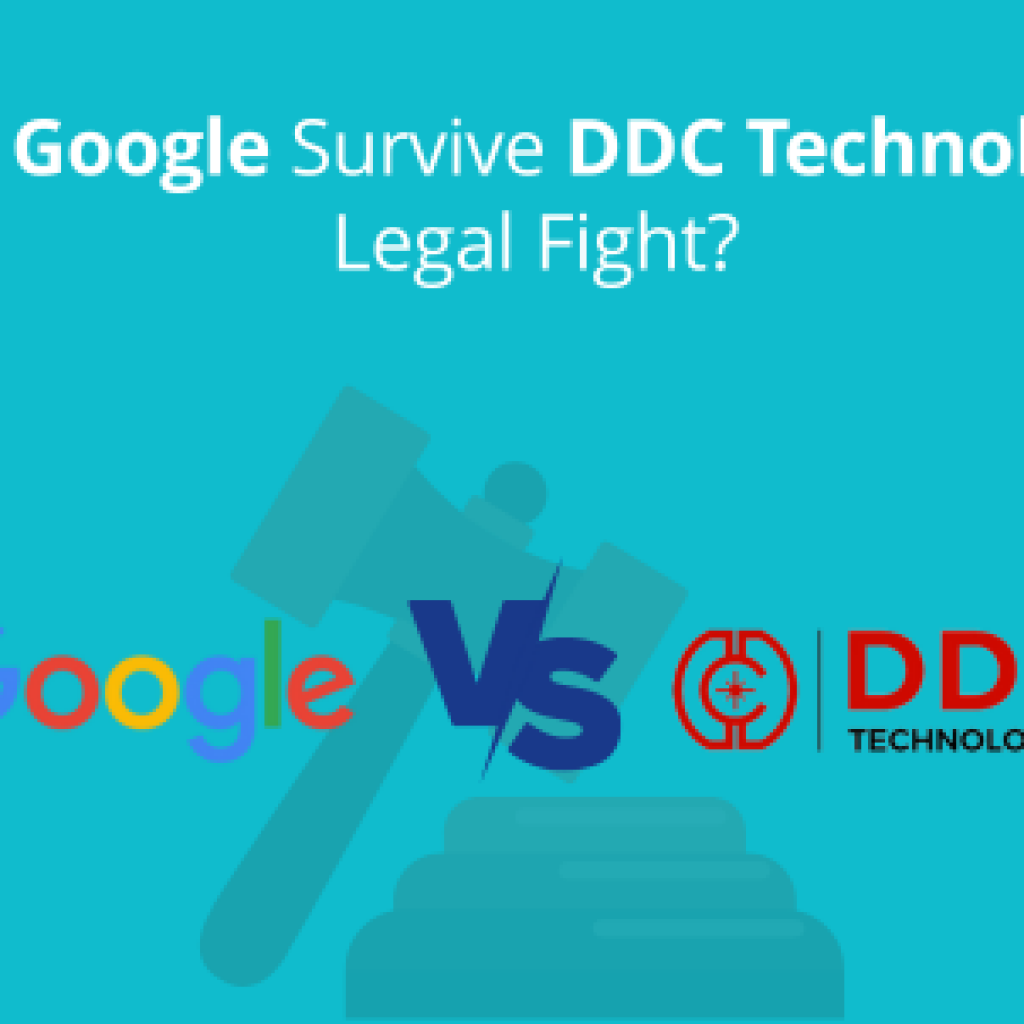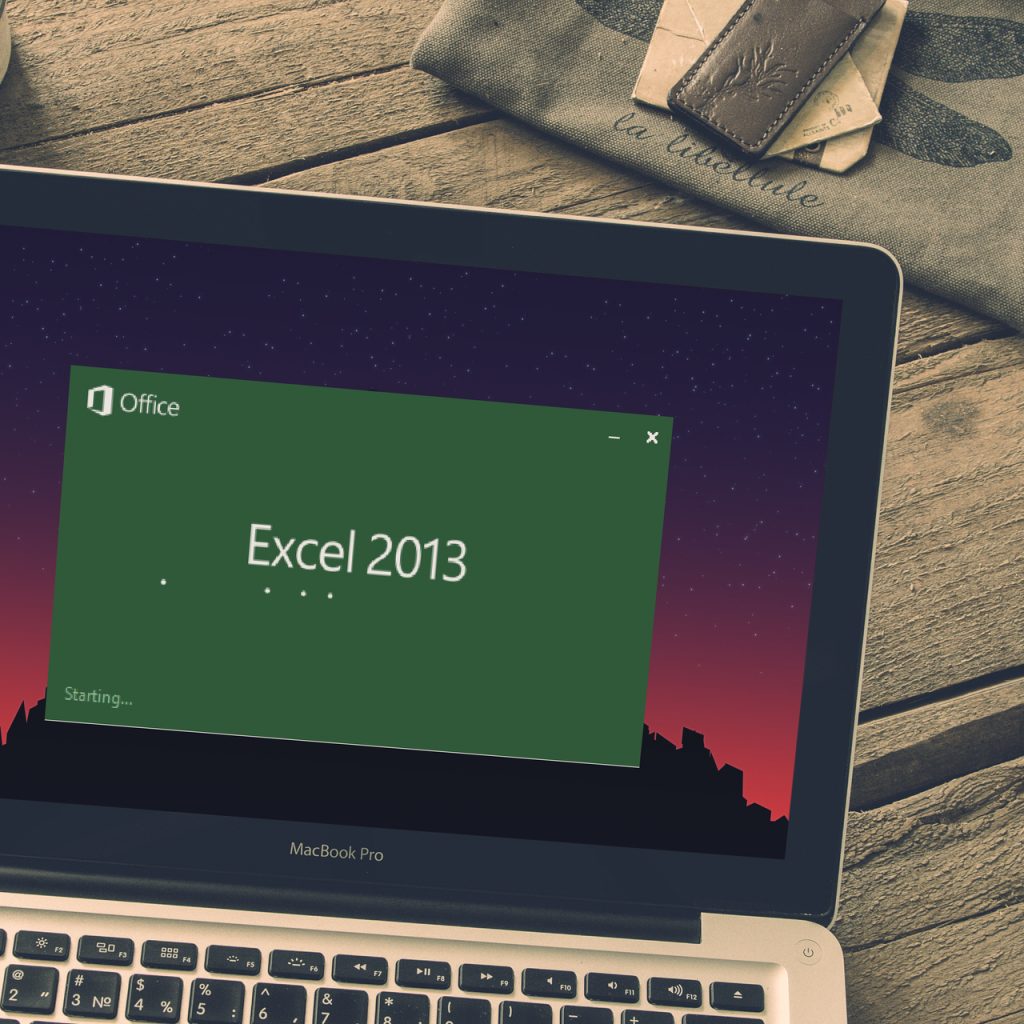Back in the early 1980’s, I used to watch the BBC show “Danger UXB”. For the uninitiated, Danger UXB chronicled the post-war exploits of a British bomb disposal unit called to defuse and remove unexploded aerial bombs dropped by the Germans on London during the Blitz of World War Two.
Unexploded bombs are still being found, the latest one found in 2015 in the Bethnal Green section. Most dropped bombs exploded, causing immediate destruction. Some of them were duds- whether the result of defects or other reasons, they have buried themselves tens of feet below the surface and have disappeared till the danger is later identified.
“Patents that issue from poorly drafted applications are similar to unexploded bombs.”
The damage can be significant to the company and is only felt years after the application is drafted and filed. Poorly drafted patent applications can result from an inexperienced drafter or, more likely, the inability to spend the time required, to fully understand and describe complex technical inventions. Time limits today can be attributed to the rise of fixed fee arrangements.
At USD 10,000, for example, a patent lawyer can only spend so much time drafting the application. Further, budgeting usually does not allow for pre-filing patentability searching.
Is it logical to expect the Highest Quality Issued Patent when the standard is to spend a Minimum amount of time and money Drafting and Prosecuting a patent application?
Minion says it all.
But the industry works otherwise.
Companies normally establish fixed budgets for their IP departments. They also do set expectations for filing a certain number of patent applications on a yearly basis. With this information, engineers and scientists are motivated to come up with novel inventions that drive company profits. On the other hand, In-house counsels are given the responsibility of protecting these novel inventions to capture and hold market share.
Inventive concepts are, however, not equal. Some are more valuable than others. Some are core to a company’s business, while others are just nice to have. Yet, the fixed fee structure of patent application drafting and prosecution tends to treat all invention disclosures as the same commodity.
The result is that many companies typically spend the same amount for an issued patent on a core invention critical to the company’s welfare, as they do on a non-core invention that may have no impact on the bottom line.
Is there another way?
Fortunately, Yes.
GreyB fields an experienced patent drafting and prosecution team which is lead by an experienced U.S. Patent attorney with over 25 years of industry experience. We are able to draft patent applications and office action responses at about 50% of the cost of the average U.S. law firm.
“How does this benefit corporate and law firm patent departments?” You ask.
In-house counsel would now have the option to spend more resources on patent applications covering core technology while still filing the same number of yearly applications. For example, if 50% more resources are set for core inventions, that would be USD 15,000 for a core patent as compared to old standard approach averaging USD 10,000. At the same time, non-core applications could be handled by us and be had for 50% less, averaging USD 5,000.
Will that extra 50% in funding result in a higher quality issued patent?
On average, yes.
IP counsel could then focus more time on crafting better claims, a thorough specification and analyze the prior art from a patentability search. After all, time and expertise are what patent law firms provide. If you can get more of both under a fixed budget, it’s a win/win situation.
The same applies to outside IP law firms.
In many cases, we act as a virtual back office taking on the responsibilities of more junior attorneys. This allows the senior legal staff to concentrate on the more important aspects of the drafting and prosecution process. Our patent drafting group can review invention disclosures, outline key features and draft complete specification documents for use by firm lawyers during the final application drafting process. In addition, we can review office actions and create suggested initial draft responses in the firm’s standard format.
Whether GreyB is brought in to handle initial application drafting responsibilities or develop office action response documentation, both situations leverage the expertise and cost savings of an experienced IP vendor. This allows the firm to do more, and make more, with a smaller professional IP staff. For equity partners, the cost savings and additional profit are significant.
By utilizing this approach, law firms have seen increased profitability under the current high-pressure fixed fee model. Where fixed fees normally resulted in a break-even project, and a possible loss, now drafting and prosecution can return substantial profits to the partnership.
Of course, it all comes down to the quality of the product. At GreyB, we are always amenable to trial projects. Give us the opportunity to prove ourselves. Compare our product to others. We are confident you will see significant savings while maintaining a high-quality offering to your clients.

Authored by: Eric Halber, SVP, Intellectual Property.
Recommended Read: If you’re a partner at an IP law firm responsible for business development, the task at hand, at times, can become pretty daunting. To ease your difficulties, Lindce from Solutions team authored an interesting post that covers an unconventional strategy that would help attract more clients for your firm. You can read the strategy here – Unconventional Business Development Strategy for IP Law Firms.










